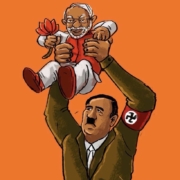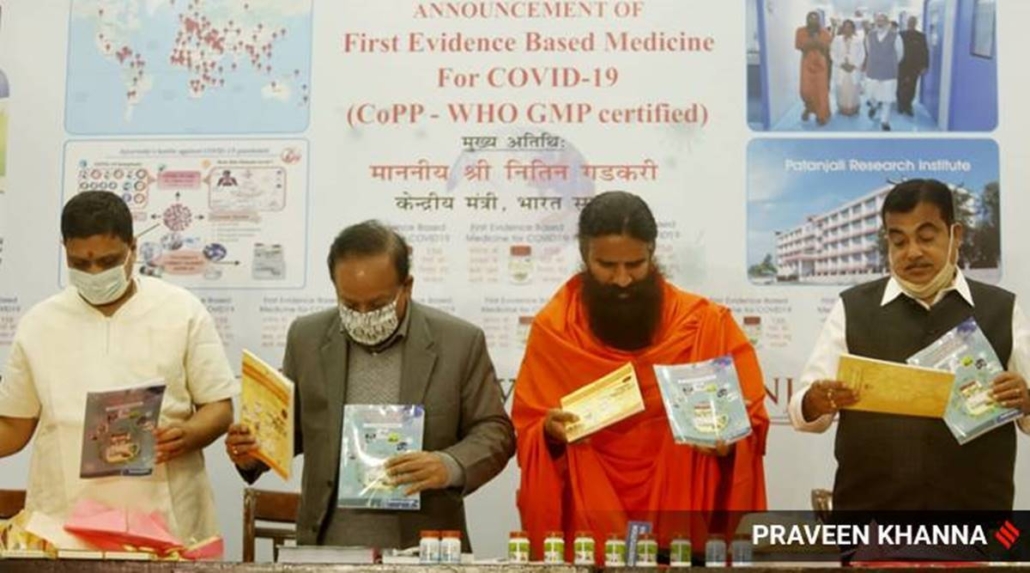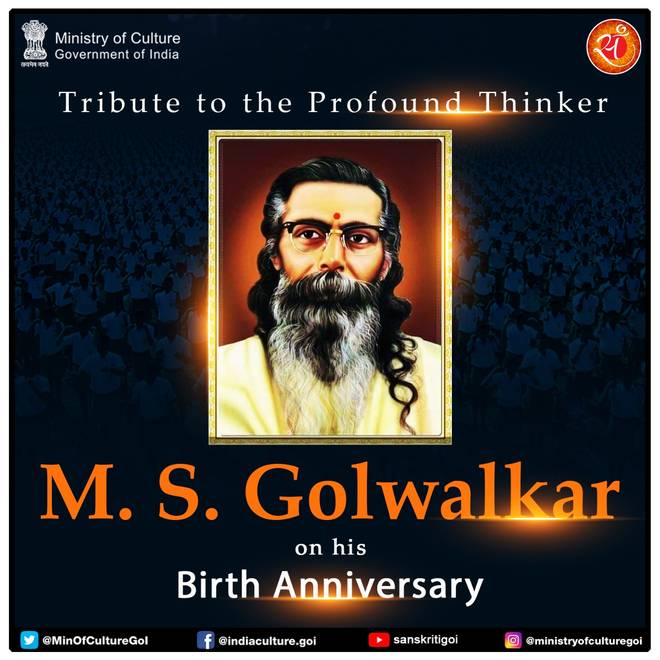Every year, India’s Prime Minister Narendra Modi offers prayers and tribute to ‘veer’ (brave) Savarkar, alleged co-conspirator and idealogue behind the murder of Mahatma Gandhi. Who are we to make judgments of Modi’s choice of idols? Prayer is personal. But there is food for thought.
On his Jayanti, I bow to the courageous Veer Savarkar. We remember him for his bravery, motivating several others to join the freedom struggle and emphasis on social reform. pic.twitter.com/o83mXmgp1S
— Narendra Modi (@narendramodi) May 28, 2020
According to India’s first Prime Minister, Jawaharlal Nehru, Mahatma Gandhi was “the greatest Hindu of the age”. India remembers him fondly as ‘bapu’, the Father of the Nation. In the words of another Indian Prime Minister (coincidentally Nehru’s daughter), there is Savarkar, “the remarkable son of India”. Gandhi’s assassination in 1948 by a protégé of Savarkar was more than a killing; it was India’s first philosophical patricide. Bapu’s peaceful Hinduism (Hindu Dharma) was murdered at gunpoint by Savarkar’s radical ultra-right-wing Hinduism: Hindutva.
This reminds me of the strange Freudian theory, the Oedipus Complex, which draws inspiration from a Greek Tragedy by Sophocles. In the original play, Oedipus murders his father and unknowingly sleeps with his mother. When she realises, she commitssuicide. Freud proposes that children have natural envy of the same-sex parent. India today is also a similar tragedy. In this modern Indian rendition, Modi (like Savarkar) has grown envious of his diverse father, Hinduismand instead subscribes to its illegitimate child, Hindutva. Following the Freudian pattern, he murders his father (Hindu Dharma) and ravishes his mother, ‘Mother India’ or Bharat Mata. Keeping true to the plot, India is also committing suicide. Literally, in the case of minorities and farmers.
According to Jay Lakhani, ‘Hindu’ is a mispronunciation of the river ‘Sindhu’, now known as Indus. The term was coined for the inhabitants of the southern basin of the River by foreigners. Hindutva proposes that as the nation has come to be named ‘India’, from Indus, and shares this root with ‘Hinduism’, it makes sense that every inhabitant of India should be a Hindu. This understanding of ‘Hindu’ is ethnic, not ‘religious’ and mimics the Nazi obsession with Aryans.
Devout Hindu’s prefer the term: ‘Sanatan Dharma’ to describe their faith, loosely translating to ‘Eternal Duty’. Dharma has no direct translation in English and instead is a loanword in many abridged dictionaries. It is distinct from a religion; it is a set of values or duties. Dharma has fluidity much like we understand now to be in gender identity: adherents have autonomy on how they self-identify or express themselves. An atheist can practise Dharma, as can a deeply religious person.
Sanatan Dharma acknowledges two types of practice: ‘Sadharna’, the exercise of values that are intrinsically good and universal to all and ‘Asadharna’, the distinguishing characteristics amongst different sects or even faiths. Dharma is the binding agent between countless faiths, languages, cultures and practises in the Indian subcontinent. Sikhs, Buddhists and Jains are all Dharmic faiths, even if they strongly advocate against ‘Hindu’ assimilation.
Hindutva doesn’t concern itself with Dharma. Dharma is far too archaic and broad a concept. Hindutva is about ‘cultural nationalism’. Being born in India isn’t enough to be Indian; you must be culturally Hindu. A person can only submit fully to Hindu culture by renouncing other cultural influences entirely. Apparently, Gandhi did not, so, he was murdered. This is like radical Islamist ideology. ‘Islam’ translates as submission. If you combine that with a duty to rid the world of the kafir, you have ISIL. Hindutva is more sophisticated than those barbaric terrorists (mostly). In Modi’s India, ‘all those that consider India their motherland are Hindus’, declared Mohan Bhagwat, RSS Chief, on Christmas Day 2019. In that same year, a record 328 violent attacks against Christians in India were reported.
When people say religion is the cause of world conflict, they often cite centuries of ‘holy land’ violence. Hindutva is inspired by the ‘holy land’ of Abrahamic faiths. In fact, it discriminates and persecutes them using their own geo-theology. Savarkar says:
“For though Hindustan to them is Fatherland as to any other Hindu, yet it is not to them a Holyland too. Their Holyland is far off in Arabia or Palestine. Their mythology and godmen, ideas and heroes are not the children of this soil.”

The goal of Dharma is to liberate. Any governance model drawn from Dharma cannot rely on centralisation; it must empower people within their own communities. The purpose of fascism, imperialism or dictatorship is to dominate, often by ethnic cleansing. Dharma was a threat to the Mughals, so they desecrated temples. Dharma was a threat to the British colonial invaders, so they robbed India of its indigenous education. Today, Dharma is a threat to Hindutva, and Modi is continuing this pattern of attacking minority autonomy. The revocation of Article 370 in Kashmir is a manifest example. The Citizens Amendment Bill and proposed National Record of Citizens (NRC), a controversial census, has been opposed by minority communities. This tactic is age-old and, again, Biblical. In Luke’s version of the nativity, the census of Quirinius in Judea sparked similar division in society. It led to mass displacement; hence Jesus was born in a barn. State-sponsored clerics convinced people to comply whilst Judas of Galilee led a resistance. Where is the Roman Empire today? Hindutva forgets that fascist rule is almost always timebound. Dharma is timeless as it is resilient.
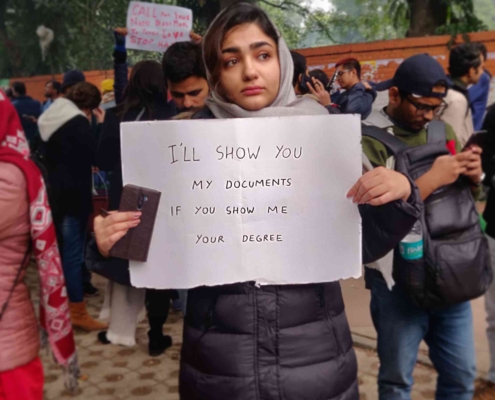
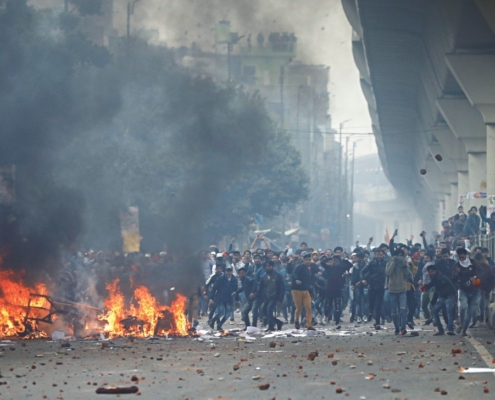
There are more innovative and subtle programs by the BJP, but they also become violent rapidly. The new agricultural reform laws triggering India’s largest protests are a live example: Punjab and Haryana’s Sikh farmers are disproportionately affected. A solution for India’s excess agriculture produce is to open trade with Pakistan and the Middle East. Modi rejects this and prefers to empower Indian corporate conglomerates. Fascist regimes tend to curb international free trade and adopt Autarky or internal self-sufficiency. Modi isn’t too discreet a fascist. He is the poster-boy for his campaign, Atam-Nirbhar Bharat translating to ‘self-reliant India’.

There is a Sanskrit proverb: Vinaash Kale, Vipreet Buddhi – it means ‘when destruction is nearby, the mind loses sense’. I think we’re there. Last week, India’s Health Minister Dr Harsh Vardhan was slammed by the Indian Medical Association for promoting ‘coronil’, an alleged miracle herbal cure for COVID19, concocted by famous godman and entrepreneur Yogi Ramdev.
In that same week, India’s Ministry of Culture and BJP’s General Secretary paid tributes to M.S. Gowalkar, another alleged co-conspirator in Gandhi’s murder and RSS leader. His teachings include:
“Hindus, don’t waste your energy fighting the British; save your energy to fight our internal enemies that are Muslims, Christians and Communists.”
Hindutva’s India is like a multicolour glass bangle, aesthetically beautiful but unnatural, impractical and fragile. Before colonisation, the Indian subcontinent was never united as a single nation. It was a tapestry of different cultures and communities with autonomy and self-respect, threaded loosely by Dharma. I don’t advocate for the disintegration of India as Amit Shah’s ‘tukde tukde gang’ rhetoric would have you believe.
Today, India is not in a position to defend itself from China or other threats. The only danger it poses is to its citizens. The West remains indifferent to India’s internal policy as long as Modi continues to pimp Mother India for trade benefit. This is trafficking and a continuation of colonial exploitation.
Hindutva, like other radical ideologies in the world, needs basis in scripture. Sanatan Dharma is centred around the vedas. Hindutva, by nature is binary, so it struggles with the depth of the vedas. Instead, for them the divine covenant is the Manu Smriti, an ancient legal text. The RSS overtly rejected the Indian constitution for many years and continues to undermine it covertly since. Savarkar says:
“The worst about the new constitution of Bharat is that there is nothing Bharatiya about it…Manusmriti is that scripture which is most worship-able after Vedas for our Hindu Nation and which from ancient times has become the basis of our culture-customs, thought and practice. This book, for centuries has codified the spiritual and divine march of our nation. Even today the rules which are followed by crores of Hindus in their lives and practice are based on Manusmriti. Today Manusmriti is Hindu Law”
The chief architect of India’s constitution and Dalit social reformer, Dr Ambedkar, told his supporters to burn copies of the Manu Smriti. Here is an excerpt:
If, through arrogance, a Shudra (low-caste) teaches brāhmaṇas (high caste) their duty, the king shall pour heated oil into his mouth and ears.—(272)
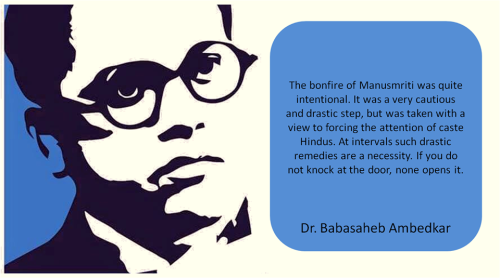
Maybe this explains the imprisonment, sexual violence and harassment of Dalit social activists like Nodeep Kaur. India’s almost secular constitution and this ancient legal textbook are incompatible. Now that Hindutva directs the country, it explains Modi’s incessant need to ‘reform’ India’s constitution so speedily. India, you are time-travelling backwards to be governed by the Manu Smriti.
In the Bhagavad Gita, India’s spiritual handbook, Krishna most famously says:
“Whenever Dharma subsides and wickedness prevails, I manifest Myself. To establish Dharma, to destroy evil, to save the good I come from age to age.”
Lord Krishna, it’s time to manifest. Dharma is a threat to ‘Adharma’ or what is bad. Even in the Manu Smriti it says, ‘those who destroy dharma are (subsequently) destroyed, and dharma protects those who protect dharma’. If this is true, empowered by electoral mandate, Hindtuva’s India is at risk of collapse. Hindutvists see Modi as the architect of a modern ‘Rama Rajya’, a theocratic paradise, once brought to earth by King Rama. They fail to understand, in the Ramayana, Rama safeguarded Lanka’s cultural identity when he installed Ravana’s brother Vibishan as King of Lanka. This is Dharma. Modi’s government is too busy to revisit these teachings as they are preoccupied by the construction of Rama’s Temple on a desecrated mosque site. Maybe this is why there is trouble in paradise?

